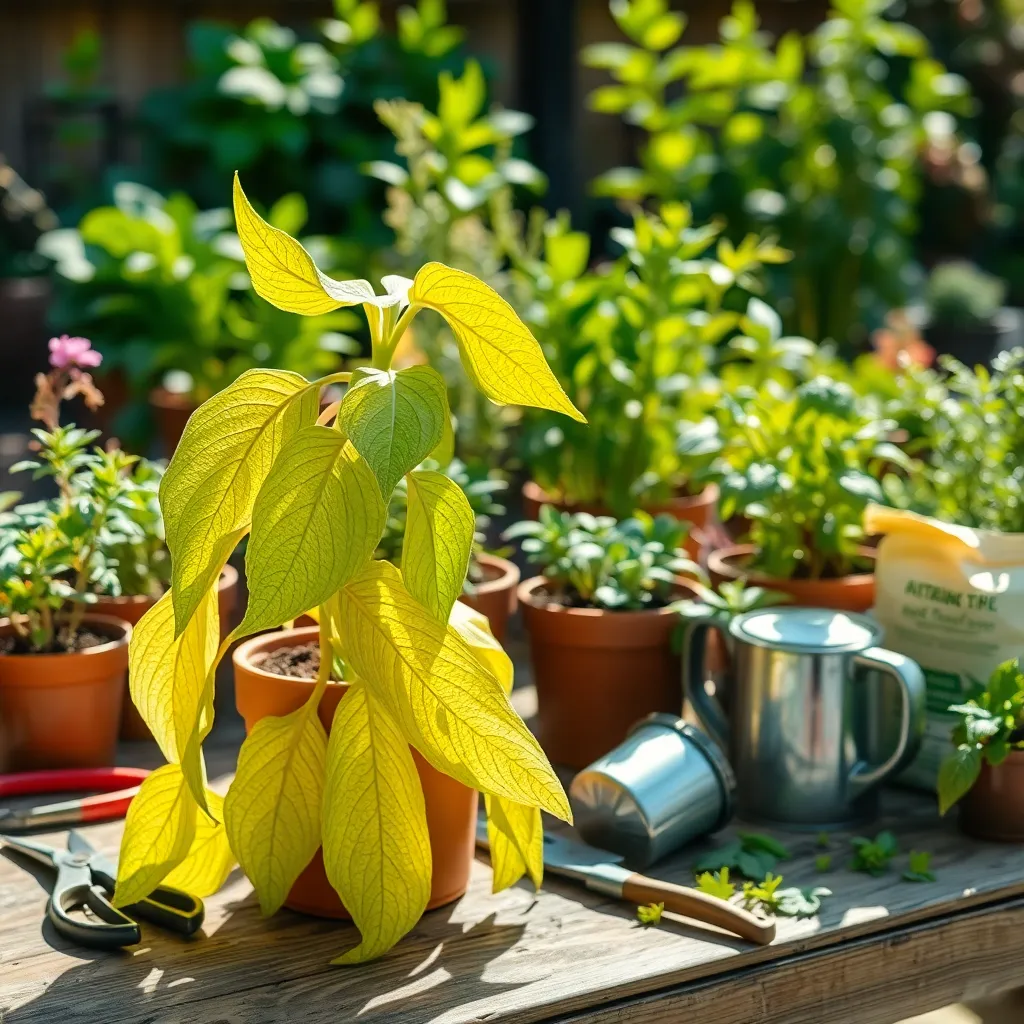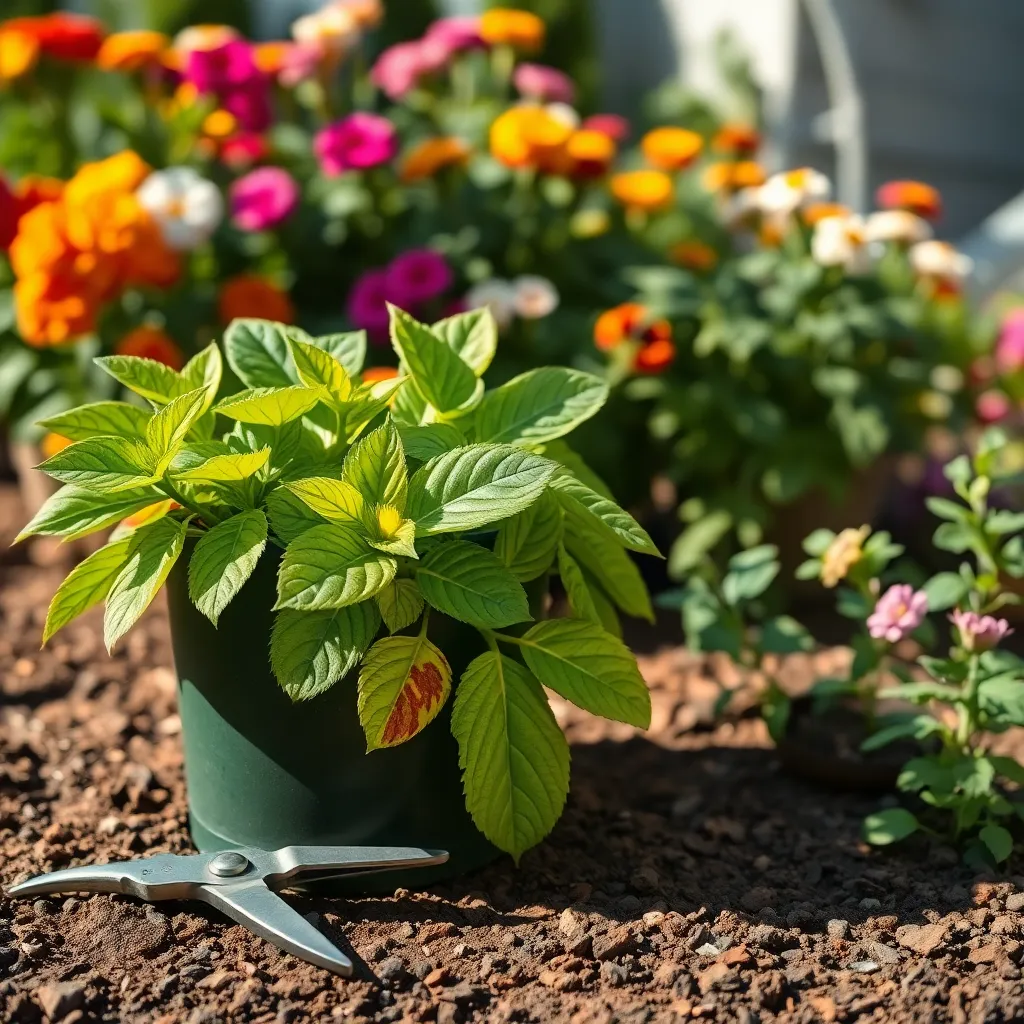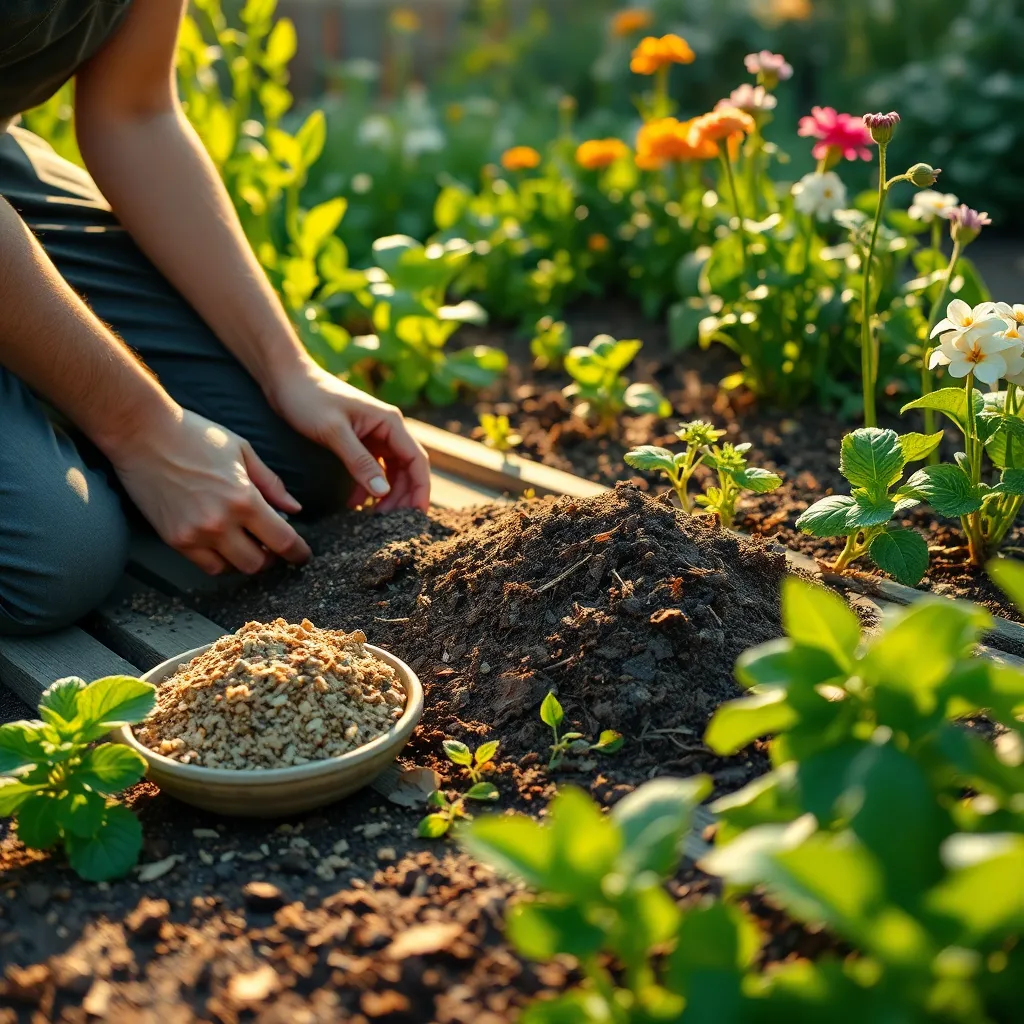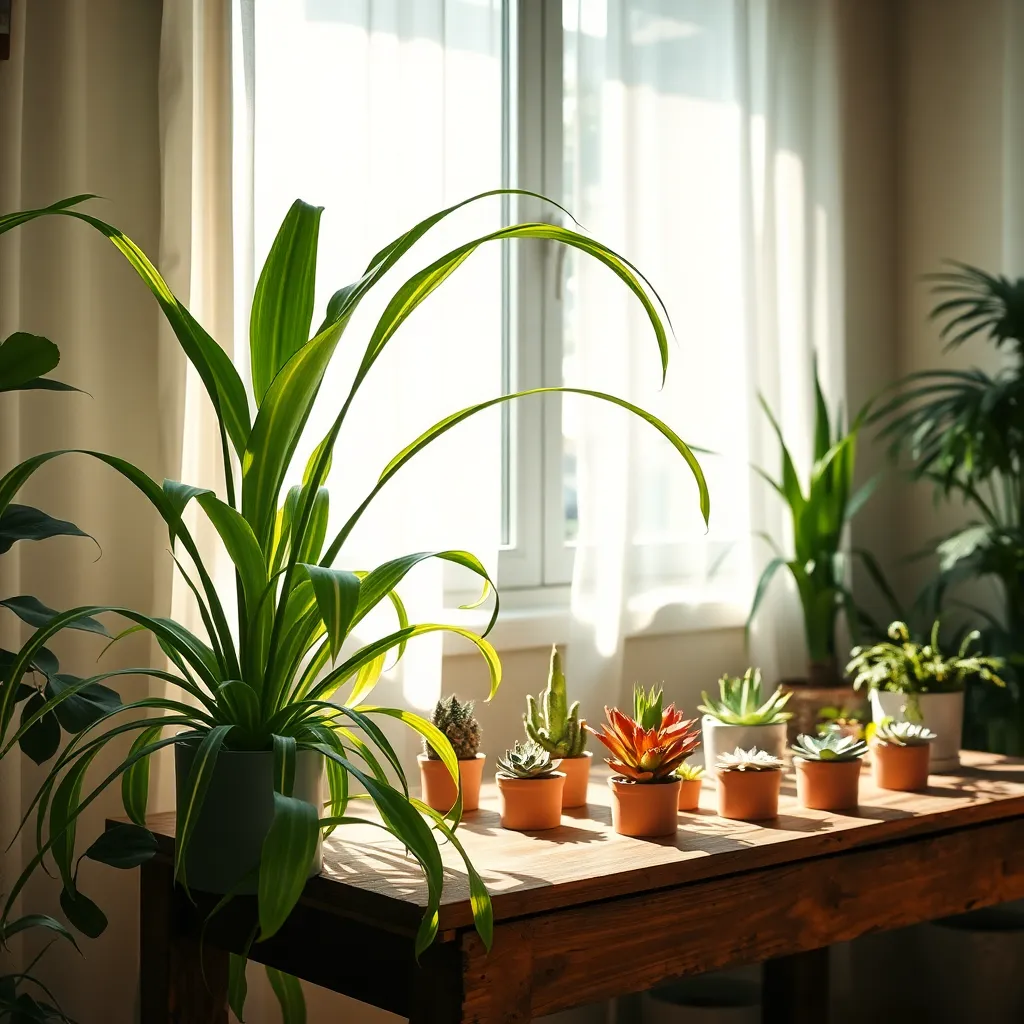Plants have a way of weaving themselves into the fabric of our daily lives, bringing joy and a touch of nature to any setting. Yet, witnessing a beloved plant’s health decline can be disheartening, whether you’re a seasoned horticulturist or just beginning your green-thumb journey. The good news is that reviving a struggling plant is often well within your reach, and understanding the steps to do so can transform your gardening experience from frustrating to fulfilling.
In this article, we’ll delve into the essential techniques to breathe new life into your ailing greenery. From diagnosing the initial signs of distress to implementing effective recovery strategies, you’ll discover the power of observation and intervention. As you read on, you’ll gain the confidence needed to assess not just the symptoms but also the underlying causes that might be affecting your plant’s health. So, whether you’re nurturing a cherished indoor companion or tending to a cherished garden fixture, this guide will equip you with the knowledge to nurture your plants back to vitality, turning challenges into rewarding triumphs.
Assess Plant’s Current Condition

To accurately assess a plant’s current condition, start by examining the leaves. Look for signs like yellowing, browning, or wilting, which can indicate issues such as overwatering, underwatering, or nutrient deficiencies.
Next, inspect the soil to determine its moisture level and texture. Use your finger to test the top inch of soil; if it’s dry, the plant may need water, but if it feels soggy, you might be dealing with overwatering.
Check the plant’s stems for any signs of damage or disease. Healthy stems should be firm and green, while mushy or discolored stems suggest rot or pest infestations.
Don’t overlook the roots if the plant is easy to remove from its pot. Gently lift the plant and observe the roots; healthy roots are typically white or light tan, while dark, mushy roots indicate root rot.
Consider the plant’s light exposure, as insufficient light can weaken a plant. Ensure the plant is receiving the correct amount of light for its species, whether it prefers full sun, partial shade, or low light.
Finally, assess any recent changes in the plant’s environment that could affect its health. New drafts, temperature fluctuations, or changes in humidity might be stressing the plant and contributing to its decline.
Remove Dead or Damaged Parts

Once you have assessed your plant’s condition, it’s time to remove any dead or damaged parts. This process, known as pruning, helps the plant conserve energy and encourages healthy growth.
Begin by using clean, sharp scissors or pruning shears to trim away dead leaves and stems. Ensure your tools are sanitized to prevent the spread of disease to other parts of the plant.
Cut back damaged areas by making a clean cut just above a leaf node or bud. This encourages new growth and helps the plant focus its resources on healthier parts.
For those more experienced, consider pruning back to a main stem or branch if the damage is significant. This technique can rejuvenate a severely stressed plant, allowing it to recover more effectively.
Regularly inspect your plant for any signs of new damage or decay, especially if growing conditions are not ideal. Consistency in care can make a significant difference in the plant’s recovery process.
Ensure Proper Watering Techniques

Proper watering is crucial for reviving a dying plant, as it directly affects the plant’s ability to recover and thrive. Begin by assessing the plant’s current condition; if the soil feels dry an inch below the surface, it’s time to water.
When watering, ensure you provide a deep soak rather than a light sprinkle, which encourages roots to grow deeper into the soil. This method is beneficial because it allows the plant to access moisture even during dry periods.
For beginners, a general rule is to water when the top inch of soil is dry, but this can vary depending on the plant type and environmental conditions. Always use room-temperature water to avoid shocking the plant.
Advanced gardeners might consider using a moisture meter for more accurate assessments, especially for plants with specific humidity needs. A consistent watering schedule can prevent overwatering, which is just as harmful as underwatering.
Improve Soil with Nutrients

To revive a dying plant, enriching the soil with nutrients is crucial. Begin by assessing the current soil condition; if it’s compacted or lacking in organic matter, it may be time for a change.
Consider adding compost, which is a rich source of nutrients and helps improve soil structure. Compost can be made at home using kitchen scraps and yard waste, providing an eco-friendly and cost-effective solution.
Incorporating organic fertilizers such as bone meal or fish emulsion can also benefit the soil. These fertilizers release nutrients slowly, allowing plants to absorb them over time, which is particularly useful for plants that require consistent feeding.
For gardeners looking to enhance their soil further, using mulch can be highly effective. Mulching not only retains moisture but also suppresses weeds and gradually adds nutrients as it breaks down.
Advanced gardeners might explore soil testing to understand specific nutrient deficiencies. Based on the test results, you can tailor your amendments, ensuring your plants receive the precise nutrients they need to thrive.
Adjust Light and Temperature

Once you’ve improved the soil, it’s essential to adjust the light and temperature conditions to revive your dying plant. Start by observing the plant’s current location and the amount of natural light it receives throughout the day.
Different plants have varying light needs, so it’s crucial to match the plant with the right lighting conditions. For instance, succulents and cacti thrive in direct sunlight, while ferns and peace lilies prefer indirect, filtered light.
If your plant appears leggy or is leaning towards a light source, it might be a sign of insufficient light. Consider moving it to a brighter spot or supplementing with a grow light to ensure it gets enough energy for photosynthesis.
Temperature also plays a vital role in plant health, so make sure your plant is in an environment with consistent temperatures that suit its needs. Most tropical plants prefer temperatures between 65°F to 75°F, while others like cooler climates.
Avoid placing plants near drafty windows or heat sources, as sudden temperature changes can stress them. Instead, find a stable spot that maintains a steady temperature to promote recovery and growth.
Conclusion: Growing Success with These Plants
In nurturing relationships, much like reviving a dying plant, we explored five essential concepts: understanding the root cause of issues, cultivating open communication, providing consistent support and affection, setting healthy boundaries, and fostering growth through shared experiences. Together, these strategies create a nurturing environment where relationships can flourish.
As your actionable next step, take a moment today to have an open-hearted conversation with your partner. This simple act of communication can be the first drop of water that starts reviving your relationship’s roots.
Remember, relationships are gardens that thrive with care and attention. Save or bookmark this article now, so you have a handy guide to revisit whenever you need a reminder of these vital steps.
Looking forward, imagine the possibilities of a thriving relationship that brings joy and fulfillment to your life. By committing to these practices, you are planting the seeds of resilience and love that can weather any storm. Empower yourself today to nurture your relationship, knowing that every small effort contributes to a bountiful, lasting partnership.

